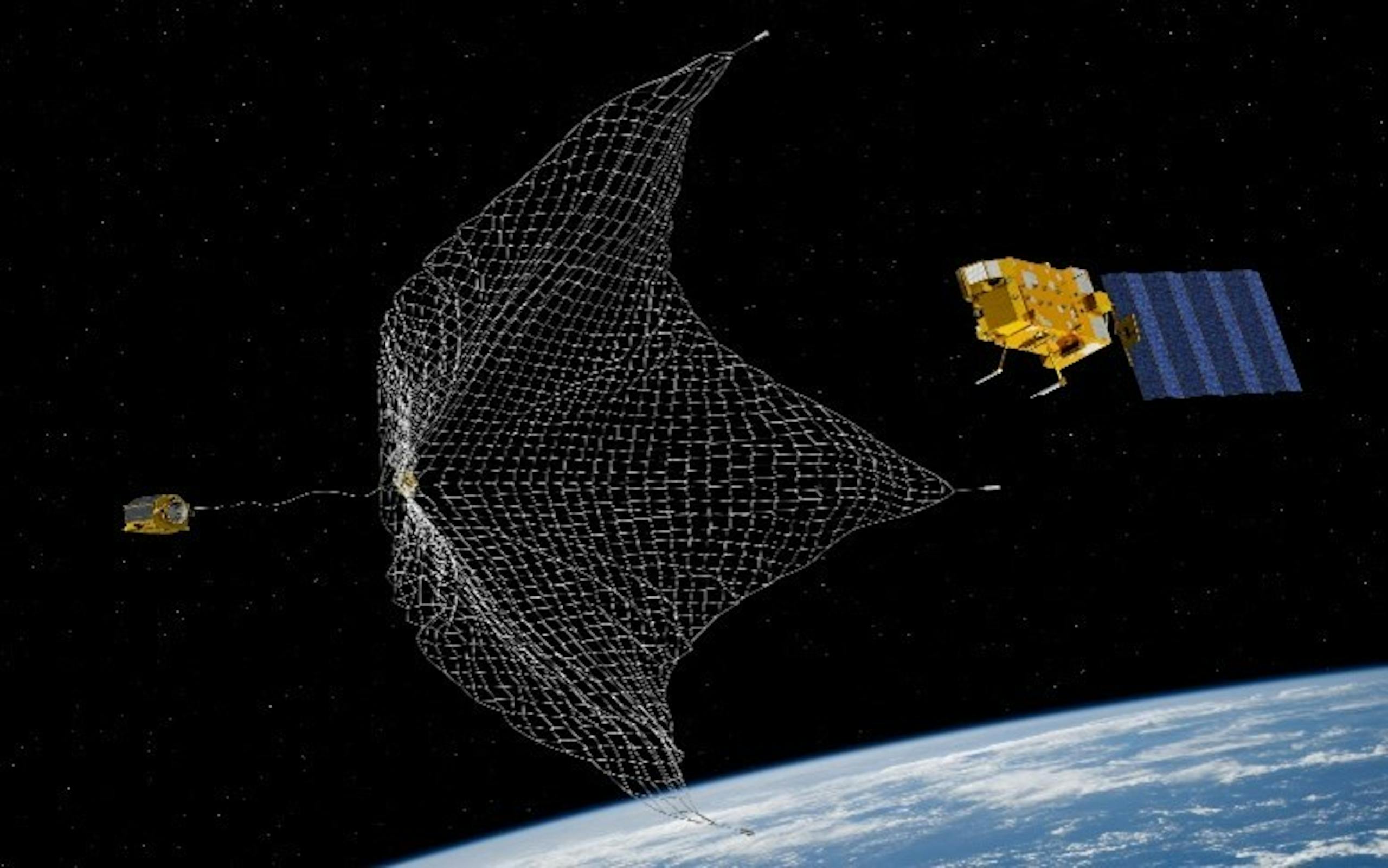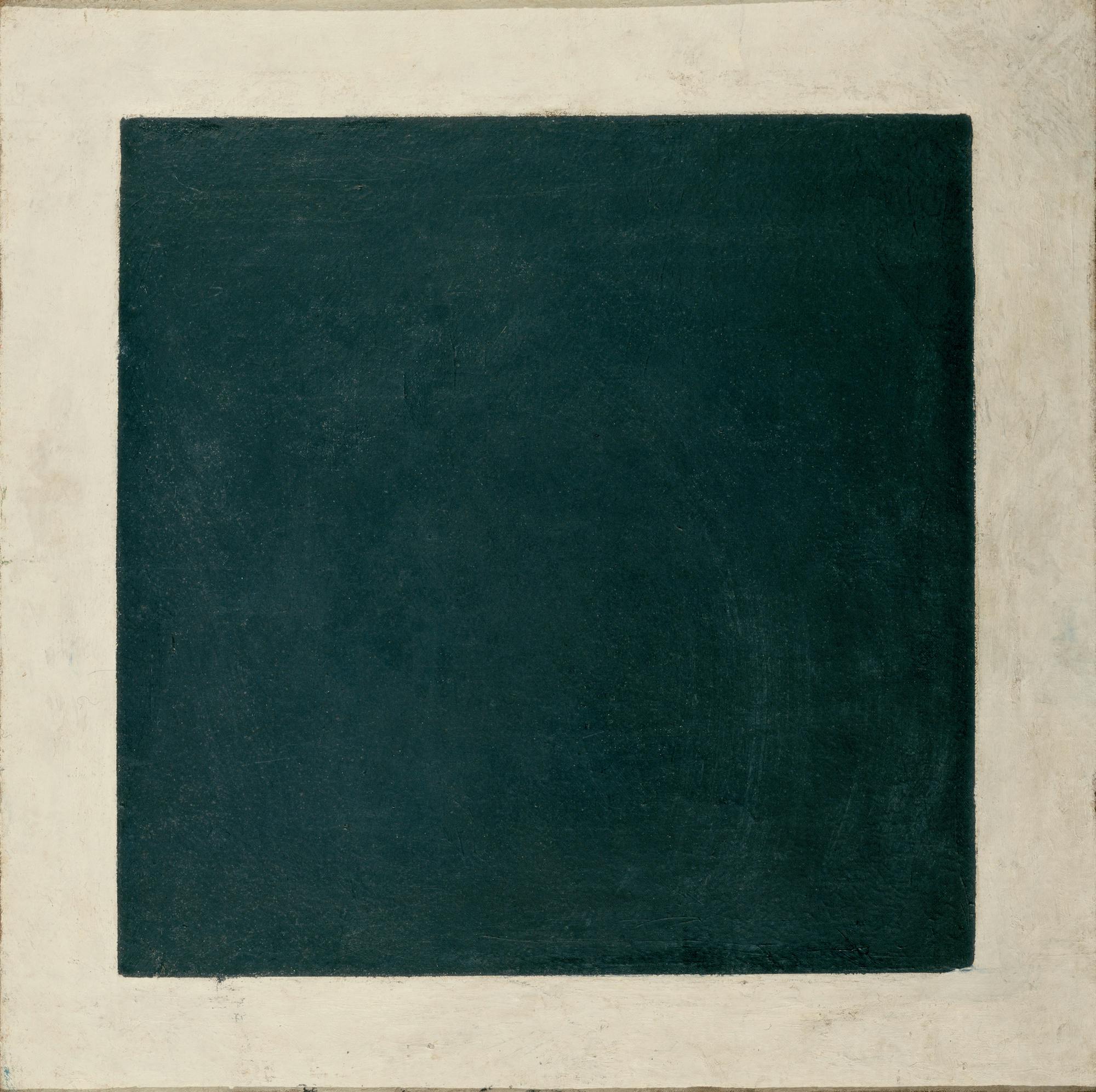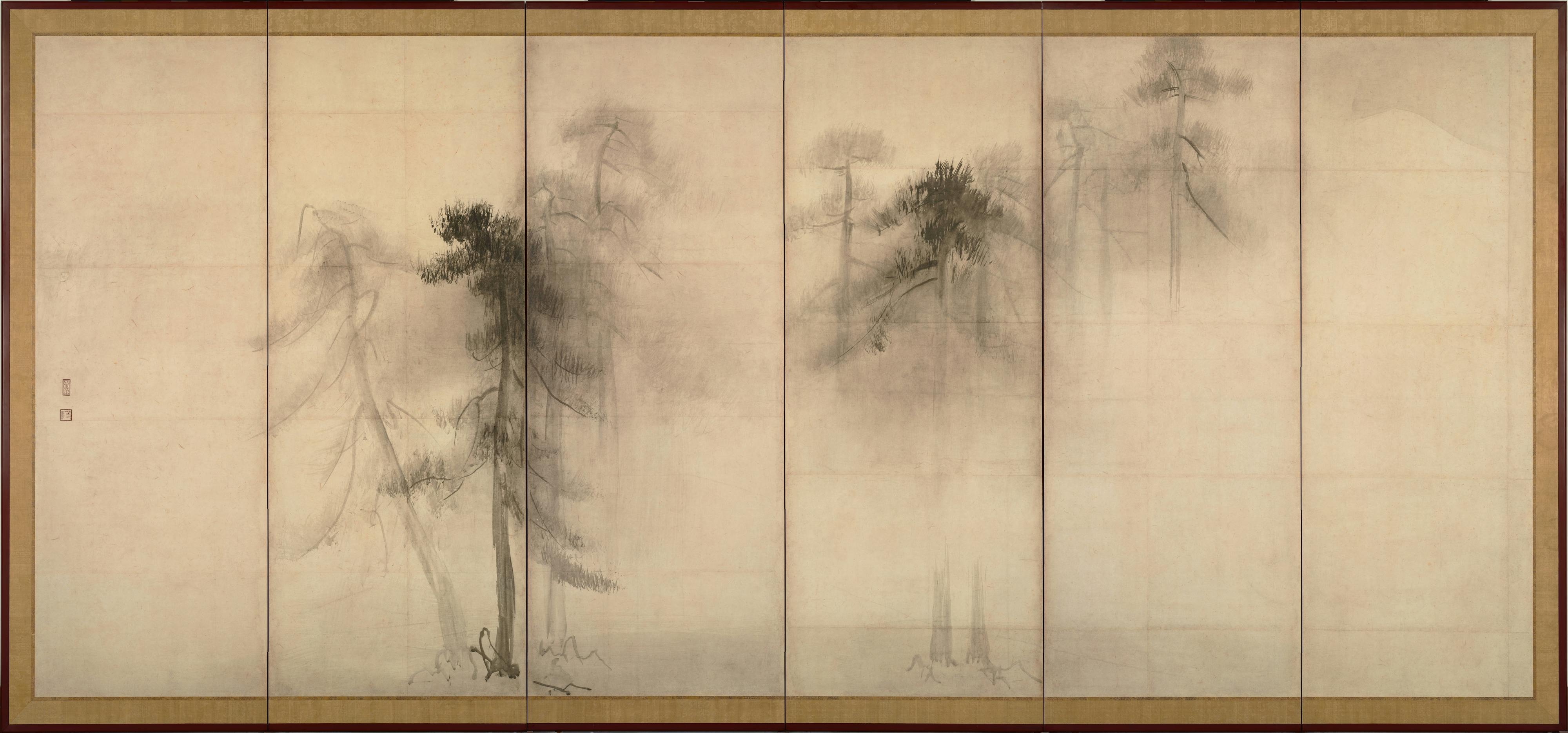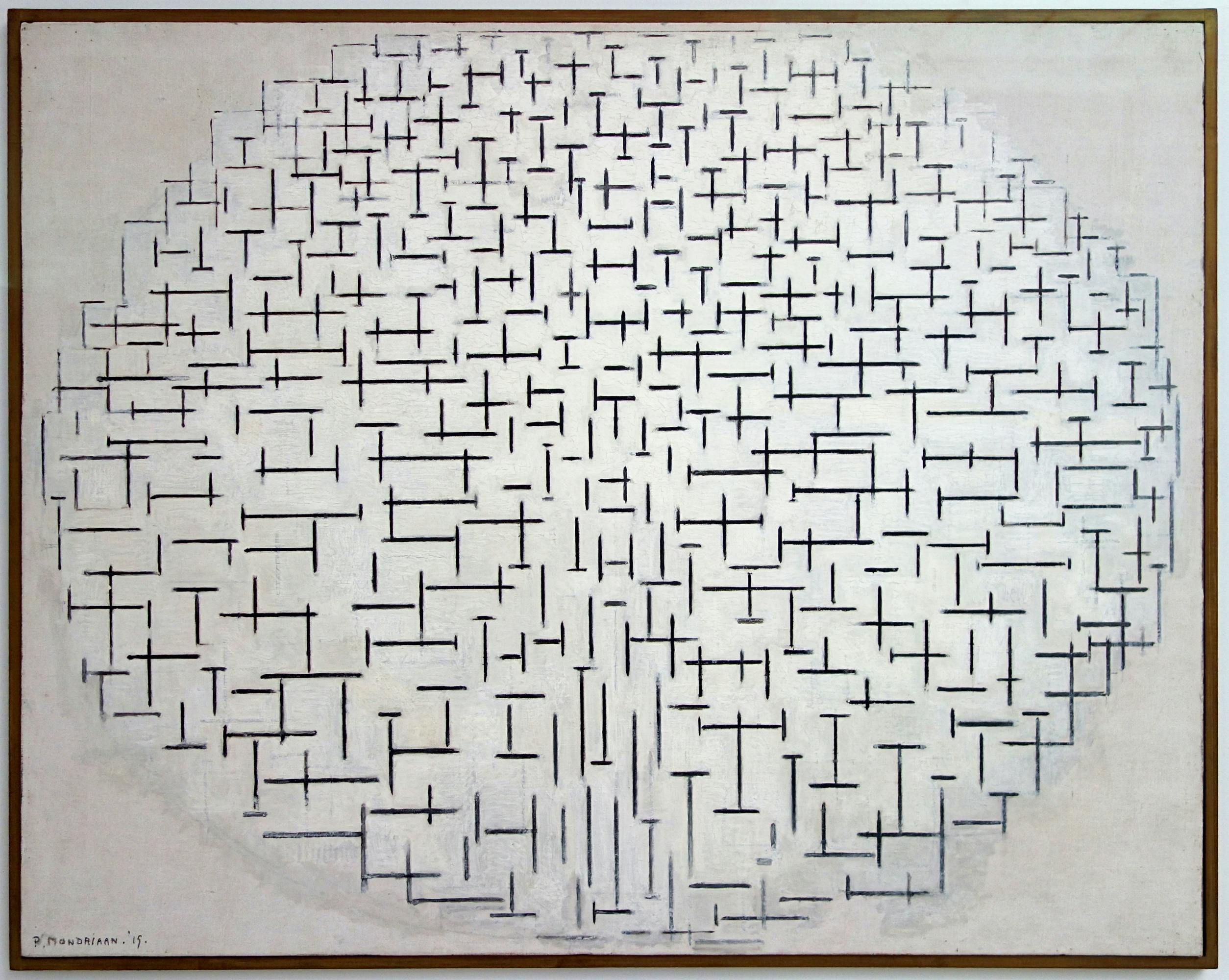

Aby Warburg, Introduction to Mnemosyne (Fig. C), 1929, © The Warburg Institute Archive
Milanese Universities and Mystery. The Self and the Enigma, between Image and Thought
As part of the in-depth study of the themes of Unknown Unknowns. An Introduction to Mysteries, 23rd Triennale Milano International Exhibition, since June 2021 we have involved researchers, PhD students and undergraduates from universities in Milan and the network of foreign communities in a series of meetings and seminars organized and coordinated by Pupak Tahereh Bashirrad, architect and PhD.
The restlessness of an eternal question: the mysteries of the human soul do not mark the artist's failure, but rather act as a driving force for an activity that tirelessly takes shape as a search for something that escapes. The idea of elusiveness is where the artist is very sympathetic to the philosopher: the creative who par excellence finds the self constantly facing the enigma (from àinos, “story”), understood as a dilemma that cannot necessarily be solved into an univocal solution. What is the story that the artist and the philosopher put into play in order to find themselves then put into play?

Kazimir Malevich, Black Square, 1915, ph. Alamy Photo Stock
Starting from the theme of the 23rd International Exhibition of Triennale Milano, a transversal line of conjunction can be drawn between the artistic and philosophical dimensions, wondering how to decline the unknown through a narration in images. We therefore tried to make the movement of philosophy resonate in the face of the enigma, through a visual selection.
The figure of the German art critic and thinker Aby Warburg is among those who most spontaneously seem to enter this perspective: more than a history of art in the strict sense, his work is to structure a real “anthropology of images”, a science (as it is defined in several circumstances) that feeds on considerations intertwining philosophy, art history, anthropology, philology, astrology. Mnemosyne is his last major unfinished project, presented during a conference he held in Rome a few months before his death: it is an atlas made up of black panels, above which photographs can be grouped by macro-themes. In Mnemosyne's plates, images of various origins appear (reproductions of paintings, photographs, newspaper clippings) organized in the same space according to an associative logic. The images build a path, provide a key for synchronic reading on the anthropological-expressive issues that have constellated the history of art and, in a certain sense, the history of humanity as a whole, circumventing the vectoriality of history and the logical consequentiality of “evolution” (this is why a Zeppelin photograph can “coexist” with a representation of planetary orbits according to Kepler). However, where this internal sense is deposited, is not the set of images per se, but the empty space, modulated differently according to the case, between the various figures: what Warburg calls Denkraum, the “space of thought”, is the mystery of a space that is not visually articulated, but gives the visually and iconically formulated elements of the table all their meaning and depth. It is interesting that the initiator of modern iconology (a label that could be problematized under various aspects, but which we take for granted here) entrusts the meaning of the paths proposed in the tables to the empty, dark, mysterious spaces that exist between a figure and the other. The theme of the image, or rather, of a narration of images that are intimately connected to each other, turns out to be closely linked to the possibility that empty space becomes a relationship.
In this way we had the opportunity to pause briefly in the perturbing atrium where the deepest inner emotion is transformed into a lasting artistic form, not to find a solution to the mysteries of the human soul, but to repeat an eternal question again: why the does destiny assign the spheres of eternal restlessness to the creative man, entrusting him with the freedom to find his education in Hell, in Purgatory or in Paradise?
Aby Warburg

Hasegawa Tohaku, Tōhaku Diptych, 16th century
Some cultures, more than others, have enhanced the connective potential of the interstice, revealing its dialectical nature: this is the case of the Japanese one, magnificently exemplified by Diptych by Hasegawa Tohaku (16th century), where “a void full of meaning” is recognized: the reference is to the concept of Ma, partially translatable as “space ”, but also as “distance”, “void”, “rhythm”, “opening”. The use of white space becomes, in the Japanese artistic disciplines that embrace its principle, a space full of potential or current links, explicit or only intuited in the visual impact with the empty interstice. The crucial elements in Tohaku’s works, within very simple, almost minimalist compositions acquire a new meaning in the light of the emptiness that surrounds them: such as an alignment of majestic pine trees sketched, with various shades, in ink only.
The unknown unknowns are, therefore, that “emptiness generating meaning” from which the surrounding space of our knowledge is articulated: in other words, the not-knowing that becomes a fundamental condition for all knowledge.
This game between veiling and unveiling, this equivocality of the visible and of the knowledge that is connected to it, in the contemporary context has been explored in different ways by the artists (demonstration, this, of how nagging and polymorphic the nature of the problem is): Gerhard Richter interprets it as blur, for example, while Emilio Isgrò makes it a practice of erasure.
Richter's portraits are characterized by an evanescence that unequivocally retraces the concepts scharf (in focus) and unscharf (blurred) born in the context of the photographic and cinematographic field, with the intention of creating an evident reference to the technical error that can occur in photography when the image is blurred, not sharp. In the artist's portraits, we are faced with the impossibility of fully bringing the depicted image into focus, since we have only a partial anticipation of it, which we must be satisfied. These attempts at representation appear to the eye as photographs without a focus, which perfectly render the illusion instilled in us by all things somehow wrapped in an aura of mystery which, however, we intimately know, we will never grasp. Emilio Isgrò, since the mid-1960s, has worked on the construction of a very personal visual language, based on the targeted use of various “erasures” which, according to the artist himself, are not operations of censorship, but aim to open up the potential of language through a dialectical interplay between full and empty, where the blackened parts are found to act as unprecedented connections between the words involved. What Isgrò aims at is a real regeneration of language, starting from the unveiling of its limits: erasing allows to establish an unprecedented relationship with words, eliminating any claim of a univocal meaning, established once and for all.

Piet Mondrian, Composition no. 10 (Pier and Ocean), 1915, ph. Alamy Photo Stock
Sometimes we delude ourselves that we know the world just because we know how it is made, but that doesn't really mean “knowing”. That the world is and that we are in it, this is what awakens that wonder leading us to ask ourselves why it exists, why we are here, what moves us in search of answers that (perhaps) do not exist. But if there are no answers, then why ask the question? The fact is that they are inevitable, essential: it is constitutive of the human essence to investigate the mysteries, despite the awareness that perhaps you will never be able to reveal them. Because what man seeks, after all, is not so much truth, as research itself. This perpetual search is therefore configured as the existential condition of man, which is precisely that animal that hesitates, stopping on the threshold between the known and the unknown, between emptiness and fullness. In fact, the point of the enigma is not so much the answer, but the ability to endure the absence of an answer. How can you bear it? First of all, by inventing an answer. Faced with the veil of Maya, man can only imagine what the veil hides, while remaining perfectly aware of the impossibility of tearing it apart, and therefore of knowing with certainty what it hides.
Credits
Article by: Raffaele Ariano, Diletta Caimmi, Adele Di Lullo, Gaia Gallo, Alice Giordano, Mattia Lucchetti, Erminio Maglione, Valeria Nigro, Camilla Stecca
Team direction and coordination: Prof.ssa Francesca Pola
Università Vita-Salute San Raffaele, faculty of Philosophy
Related articles


Milanese Universities and Mystery.
(In) Visibility: What We (Don’t) See When We Observe the Urban

Milanese Universities and Mystery.
Pedagogical Ways of Relating to Unknown Unknowns
